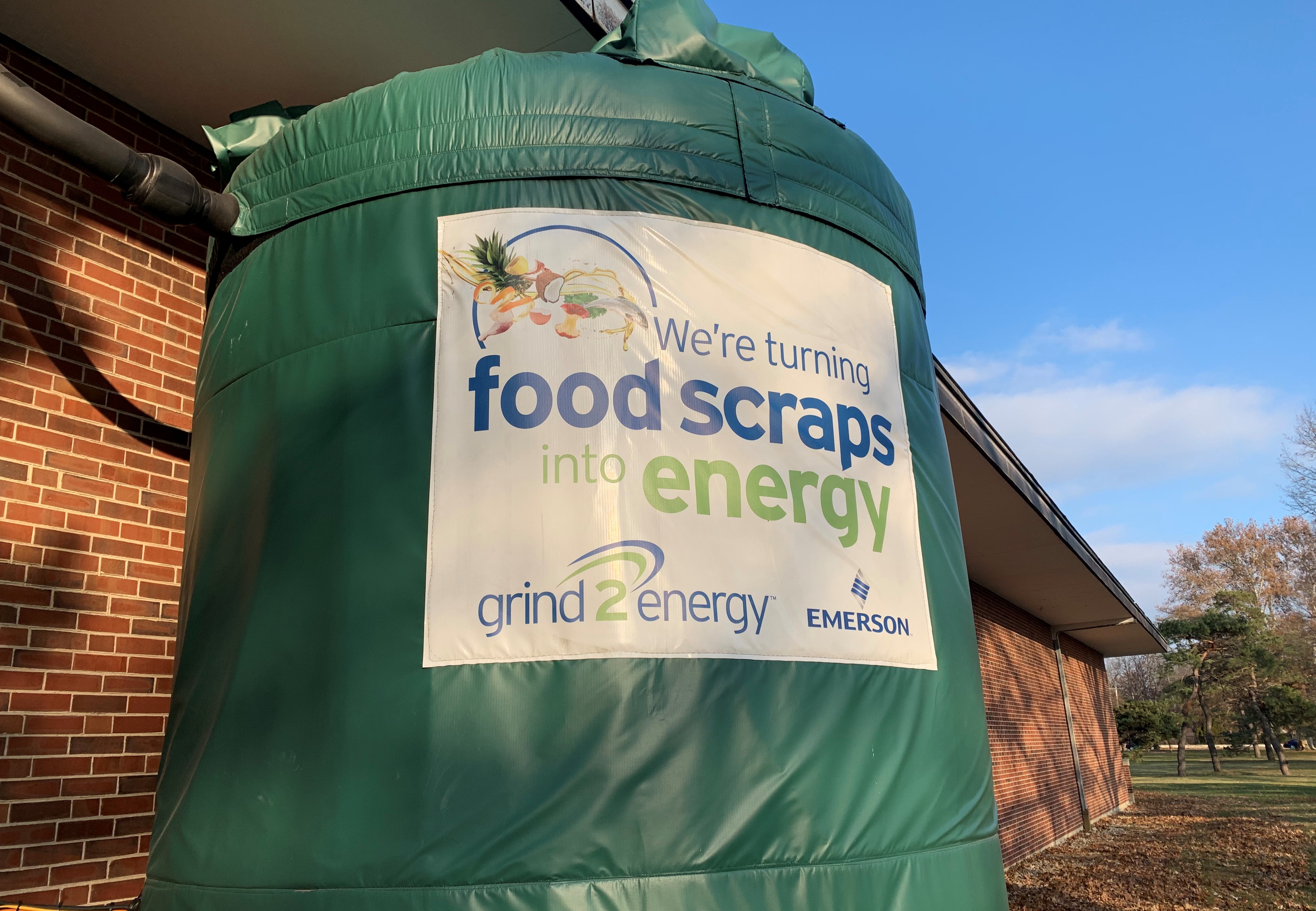You are here
Projects Updates for place: FARH Food Service
- Associated Project(s):
Illinois Street Residence Hall Grind2Energy Tour
Tracking/displaying Grind2Energy data.
Associated Project(s):Considerations for clean thermal energy
Zero Waste iCAP Meeting 3/10/2023
Associated Project(s):Attached Files:iSEE Quarterly update for Winter 2022
Associated Project(s):Funding Approval for Grind2Energy
Associated Project(s):Attached Files:Information Regarding Grind2Energy Funding for LAR
Article Highlights Conversion of Food Waste Into Energy
Associated Project(s):Attached Files:F&S Insider article about Good2Grind
Associated Project(s):Attached Files:12/18 Zero Waste SWATeam Meeting
Associated Project(s):Attached Files:11/13 Zero Waste SWATeam Meeting
11/13 Zero Waste SWATeam Meeting
Grind2Energy
Associated Project(s):Enviropures decomissioned and transtioned to Grind2Energy
Associated Project(s):Food Waste Management presentation to Housing
Associated Project(s):FARH Food Service
Associated Project(s):FARH Oglesby Hall
Associated Project(s):FARH Trelease Hall
Associated Project(s):Sherman Hall
Associated Project(s):

 Grind2Energy: Turning Campus Food Waste into Fuel
Grind2Energy: Turning Campus Food Waste into Fuel